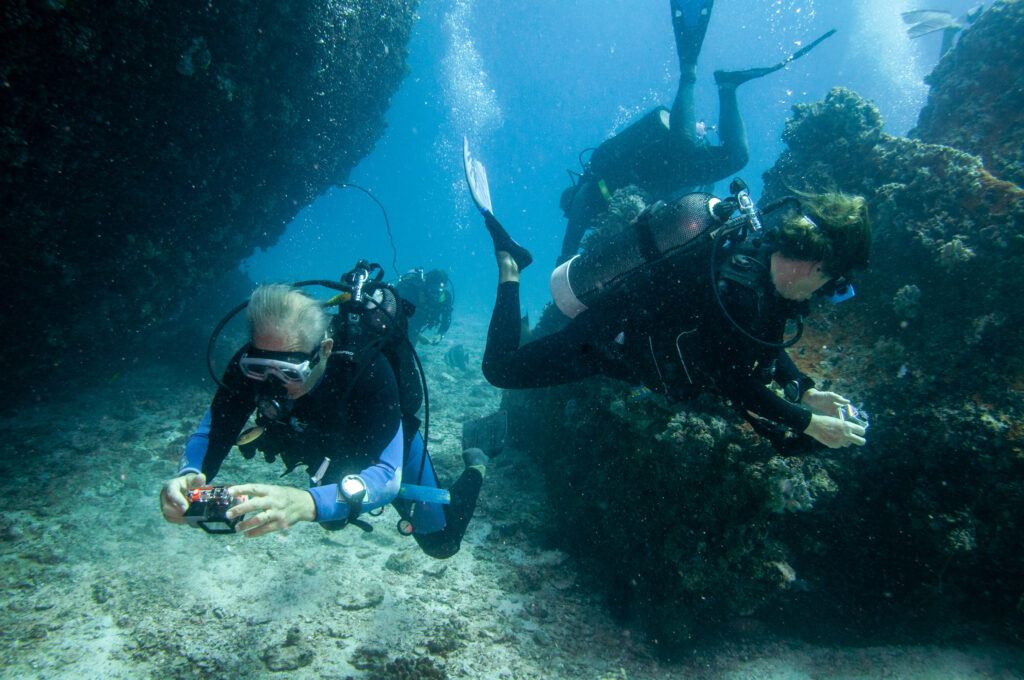What is a No Decompression Dive?

A no decompression dive is a type of underwater diving where the diver can ascend directly to the surface without needing to perform decompression stops. This concept is fundamental to recreational diving, ensuring that divers can enjoy underwater exploration while minimizing the risks associated with decompression sickness. Decompression sickness, often referred to as “the bends,” occurs when dissolved gases, primarily nitrogen, come out of solution in the blood and tissues, forming bubbles as pressure decreases during ascent. By adhering to no decompression limits (NDL), divers avoid the critical levels of gas absorption that necessitate staged ascents, making their underwater adventures safer and more manageable.
What are the Bends?

Bends, also known as decompression sickness (DCS) or being bent, is a potentially serious condition that may affect scuba divers who ascend to the surface too rapidly or fail to follow proper decompression procedures. This article explores the symptoms, causes, prevention, and treatment of the bends, providing divers with essential knowledge to reduce the risk of DCS and maintain safe diving practices.
What is Ascent when Diving?

Ascent refers to the upward movement a diver makes as they transition from being submerged underwater to reaching the surface. This process is an essential phase in scuba diving, directly impacting the safety and health of the diver. Ascent is not necessarily a straightforward or continuous journey from depth to the surface; it may require planned pauses, known as decompression stops, to help the body adjust to pressure changes and avoid decompression sickness, a condition commonly called “the bends.” In scuba diving, a controlled and deliberate ascent is crucial to maintaining well-being, preventing injuries, and ensuring a safe return to the surface. This article will explore the importance of ascent, its stages, best practices, and the potential risks divers face during this critical part of the dive.
What is Recompression when Scuba Diving?

Recompression is a necessary procedure in scuba diving, utilized as a treatment for decompression illness (DCI) or to prevent decompression sickness (DCS). Recompression involves subjecting a diver to pressure after an ascent from a dive. While it is preferably done in a recompression chamber, occasionally in-water recompression may be employed. This entry will provide an in-depth overview of the recompression process, the medical conditions it addresses, and the advantages and risks associated with its use in scuba diving.
